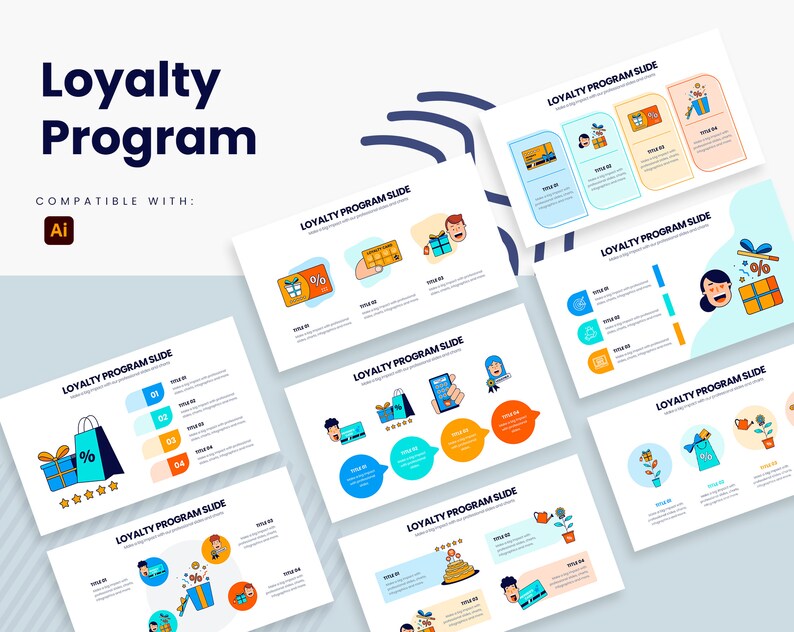
Redefining Customer Loyalty: The Emergence of Digital Loyalty Programs
by urdigitalplanet in Blog on January 5, 2024Introduction
In the era of digital transformation, loyalty programs have undergone a significant evolution. Moving beyond traditional point-collection cards, digital loyalty programs have emerged as a dynamic tool for enhancing customer engagement and retention. These programs leverage technology to offer personalized experiences, rewards, and convenience, fostering a deeper connection between businesses and their customers. This blog post will explore the intricacies of digital loyalty programs and their growing impact in the business world.

1. The Shift to Digital Loyalty Programs
The shift towards digital loyalty programs reflects the changing consumer preferences and the increasing reliance on digital platforms. Today’s consumers expect more than just transactional rewards; they seek value, personalization, and seamless experiences, all of which digital loyalty programs are equipped to provide.
2. Advantages of Digital Loyalty Programs
Digital loyalty programs offer several advantages over traditional methods. They allow businesses to collect valuable customer data, provide targeted offers, and engage customers through multiple digital channels. For customers, these programs offer ease of use, instant rewards, and personalized experiences.
3. Key Features of Successful Digital Loyalty Programs
Successful digital loyalty programs often include features like a user-friendly interface, personalized rewards and recommendations, multi-channel accessibility, and integration with other digital services. They also ensure data security and privacy.
4. Leveraging Data for Personalization
One of the biggest strengths of digital loyalty programs is the ability to leverage data for personalization. By analyzing purchase history and customer behavior, businesses can tailor their offers and communications, making them more relevant and appealing to individual customers.
5. Enhancing Customer Engagement with Gamification
Gamification elements such as badges, leaderboards, and challenges can make loyalty programs more engaging and fun. These elements encourage repeat engagement, enhancing customer retention and brand loyalty.
6. The Role of Mobile Apps in Loyalty Programs
Mobile apps have become a crucial component of digital loyalty programs. They provide a convenient platform for customers to track their rewards, receive notifications, and interact with the brand, enhancing the overall user experience.
7. Challenges and Best Practices
While digital loyalty programs offer numerous benefits, they also pose challenges such as ensuring customer privacy, maintaining data security, and keeping the program fresh and relevant. Best practices include regular updates, clear communication about privacy policies, and offering genuine value to customers.
8. Future Trends in Digital Loyalty Programs
The future of digital loyalty programs is likely to see more integration with emerging technologies like AI and machine learning for better personalization, augmented reality for unique customer experiences, and blockchain for enhanced security and transparency.
Conclusion
Digital loyalty programs represent a significant opportunity for businesses to build stronger relationships with their customers in a digital-first world. By offering personalized experiences, convenience, and value, these programs not only drive customer loyalty but also contribute to long-term business success.

